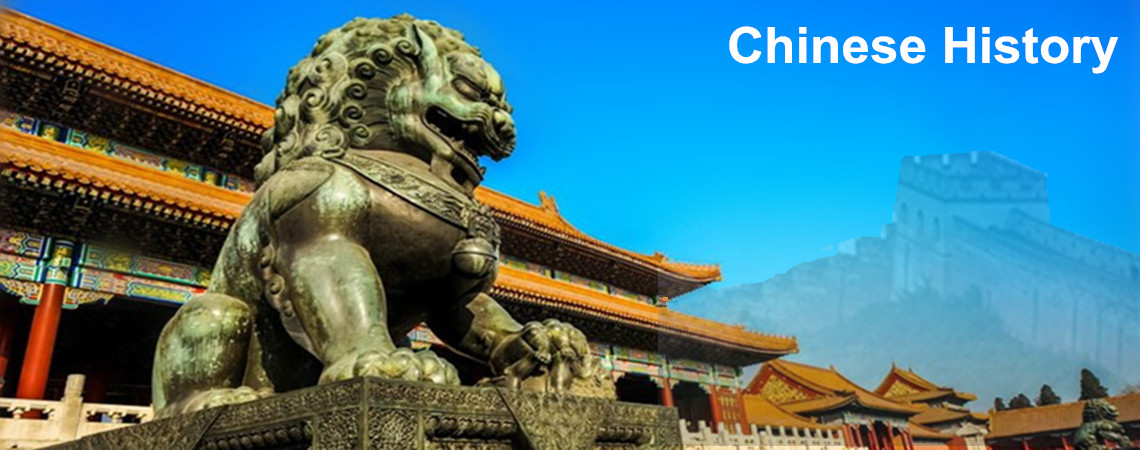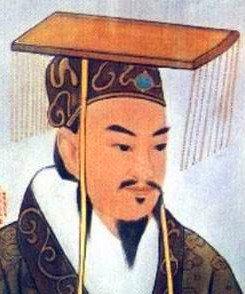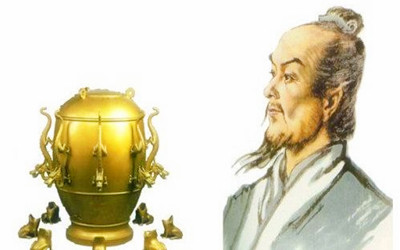
Eastern Han Dynasty (25-220)
Facts of the Eastern Han Dynasty
Time: 25 AD-220 AD
Capital: Luoyang, in Henan Province
Emperors: Guangwu
Replaced by: Three Kingdoms
Introduction to the Eastern Han Dynasty
 In the year of 25, Liu Xiu, a descendant of Western Han royalty defeated Wang Mang, who had usurped the throne of the Western Han, thus establishing the Eastern Han. In his second year on the throne, he revised all the policies that Wang Mang had set.
In the year of 25, Liu Xiu, a descendant of Western Han royalty defeated Wang Mang, who had usurped the throne of the Western Han, thus establishing the Eastern Han. In his second year on the throne, he revised all the policies that Wang Mang had set. After the middle period of the Eastern Han, most of the emperors were juveniles and the real royal power was held by both distant relatives and eunuchs. This caused darkness and corruption in the later period when farmers all over the country launched rebellions against their rulers. In 184, the Yellow Turbans Uprising, launched by a Hebei farmer Zhang Jiao, hit the regime hard. In the late period, royal power totally fell into the hands of eunuchs which put the court into chaos. During the reign of the last emperor of Eastern Han, Emperor Xian, royalty was dominated by the treacherous court official Dong Zhuo. Finally, Cao Cao, a minor warlord, seized power and Emperor Xian was forced by Cao Pi (the second son of Cao Cao) to abdicate. Thus, the Eastern Han Dynasty came to an end.
Economy during the Eastern Han Dynasty
In the early period, the central government focused much attention on irrigation works. In the reign of Emperor Ming, many fields that had been flooded by the Yellow River were changed into fertile lands.
During the first century of the Han Dynasty technological changes took place in agriculture: Oxen and horses became more and more important as draught animals, the most advances ploughs were pulled by two oxen and mastered by three men.
At the same time, the productivity of industry was greatly improved. A special tool called 'Shui Pai' was invented by a local viceroy in Nanyang. This device permitted the power of water to be applied to the air-blasting in the process of iron smelting which promoted productivity in the metallurgical industry.
In the time of Emperor He, the extraction of copper, bronze-ware manufacturing and silk-making industry were developed. Commerce also prospered and the capital city Luoyang became the national business center.
 In Eastern Han, the arts began to gain status. Calligraphy and painting were no longer purely used as letter symbols. Instead, their charm as arts started to emerge. What's more, with the development of ceramics, pottery came into wide-spread use among common people.
In Eastern Han, the arts began to gain status. Calligraphy and painting were no longer purely used as letter symbols. Instead, their charm as arts started to emerge. What's more, with the development of ceramics, pottery came into wide-spread use among common people.1. Paper Making invented by Cai Lun (105)
Some crucial changes in science and culture also took place in this dynasty. In 105, a court official named Cai Lun improved the previous method of making paper, which ended the use of inscribed bamboo strips.
2. Armillary Sphere invented by Zhang Heng
Meanwhile, great progress was made in astronomy. The famous astronomer, Zhang Heng, created special equipment, which was considered as the earliest seismograph in the world, with superb techniques for testing earthquakes.
3. Anesthetic techniques in operations invented by Hua Tuo
In addition, fruitful achievements in medicine were made by the well-known surgeon of ancient China, Hua Tuo, who originated the use of anesthetic techniques in operations.






 Ask Questions ?
Ask Questions ?